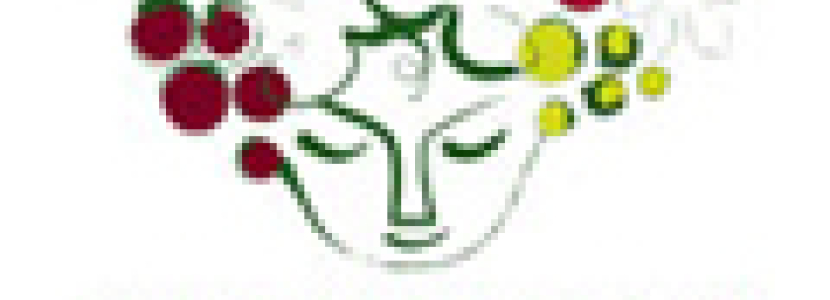
The Department of Tourism and Environment of La Rioja will be requesting UNESCO for a World Heritage listing for "Paisajes del Vino de La Rioja" ("Landscapes of Rioja wine") at the end of May or the beginning of June 2008.
La Rioja’s nomination falls within the cultural landscapes category, which was included in the list of world heritage sites by the UNESCO in 1992. The Department of Tourism and Environment must now submit a list of all the counties and towns in the area to be included in the candidacy.
However, the regional authorities are optimistic, since they believe that "the uniqueness of La Rioja, the integrity and authenticity of its vineyards, and the area’s culture and history are sufficient grounds for recognition".
This is the first time that a Spanish region will request the listing of vineyards as a World Heritage Site, although other European wine regions such as Tuscany (Italy), Bordeaux (France) or the Portuguese Douro are already listed by this international body created in 1945.
According to the definition of UNESCO, cultural landscapes eligible for listing should "represent the combined work of nature and of man…being selected on the basis both of their outstanding universal value and of their representativity in terms of a clearly defined geocultural region and so for their capacity to illustrate the essential and distinct cultural elements of those regions".
Requirements that, according to those responsible for La Rioja’s candidacy, La Rioja more than fulfils thanks to "its soil ideal for grape growing, an optimum climate, a physical geography dominated by mountains and the River Ebro, as well as a in-depth knowledge of winemaking accumulated over the centuries".
La Rioja currently has two World Heritage listings. On the one hand, the monasteries of San Millan de la Cogolla, which were awarded this distinction in 1997; and on the other, the Route of Santiago de Compostela – the pilgrims’ route created in the 9th century, which runs through the autonomous communities of Castilla y Leon, Navarra, La Rioja, Aragon and Galicia – which became a World Heritage Site en 1993. The ichnites of the Iberian Peninsula, the fossil footprints of prehistoric animals such as dinosaurs to be found in several autonomous communities including La Rioja, are in the process of being listed by UNESCO. Therefore, if approved, "Landscapes of Rioja Wine" will become La Rioja’s fourth listing.




